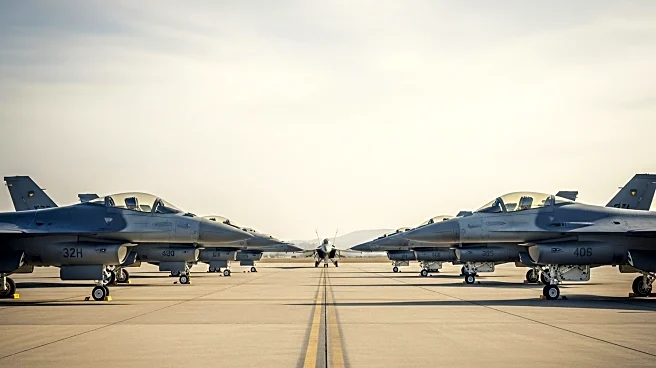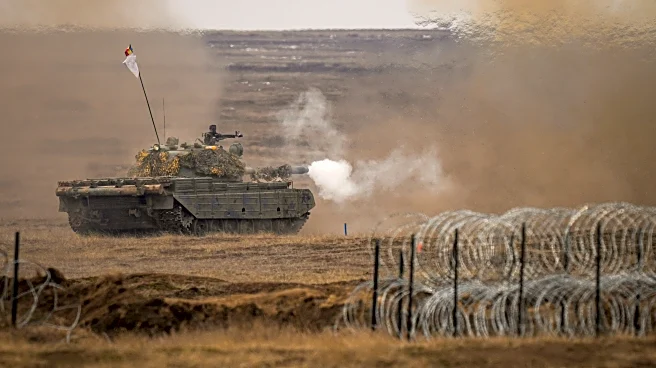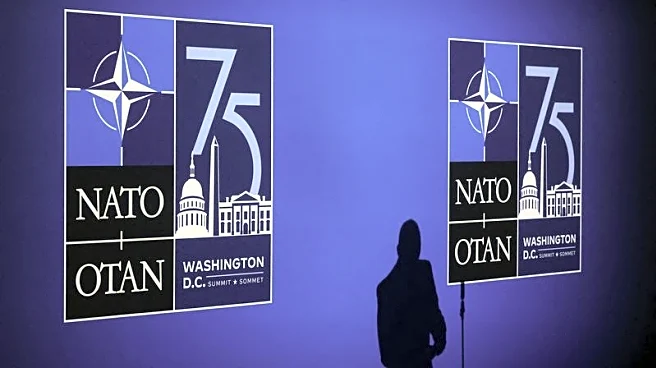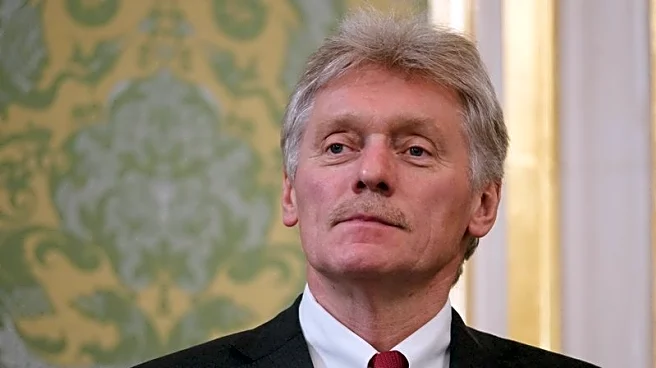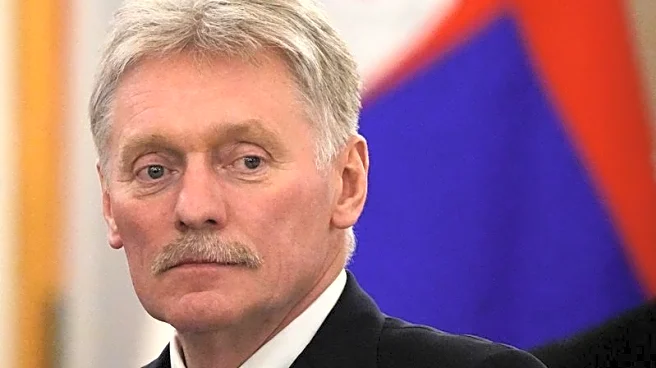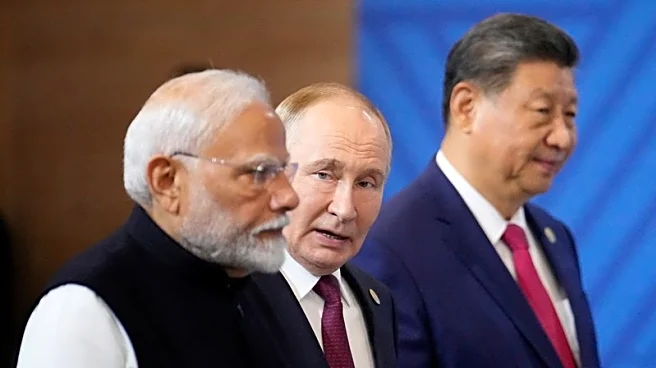What's Happening?
NATO has announced that all 32 member countries are expected to meet the longstanding target of spending 2% of their GDP on defense. This development comes as a significant achievement, especially for President Trump, who had previously pushed for increased defense spending among NATO allies. However, only three countries—Poland, Lithuania, and Latvia—are on track to meet the new target of 3.5% of GDP for core military spending by 2035. The collective defense expenditure for NATO is projected to reach $1.4 trillion in 2025, based on 2021 prices and exchange rates. Countries like Italy and Spain are making significant adjustments to meet these targets, with Italy planning to increase its defense budget by $13 billion in 2025.
Why It's Important?
The commitment to meet the 2% GDP defense spending target reflects a significant shift in NATO's strategic priorities, largely influenced by geopolitical tensions such as Russia's actions in Ukraine. This increase in defense spending is crucial for enhancing military capabilities and ensuring collective security among member states. The U.S., as the largest contributor to NATO, stands to benefit from a more robust alliance, potentially reducing its own defense burden. However, the challenge remains for countries to meet the more ambitious 3.5% target, which could strain national budgets and require further economic adjustments.
What's Next?
As NATO members work towards the 3.5% GDP target by 2035, countries will need to strategize on how to balance their national budgets while increasing defense spending. This may involve reallocating resources or implementing new fiscal policies. The U.S. will likely continue to play a pivotal role in encouraging compliance and providing support where necessary. Additionally, the focus on modernizing military equipment and infrastructure will be critical in meeting these new goals.
